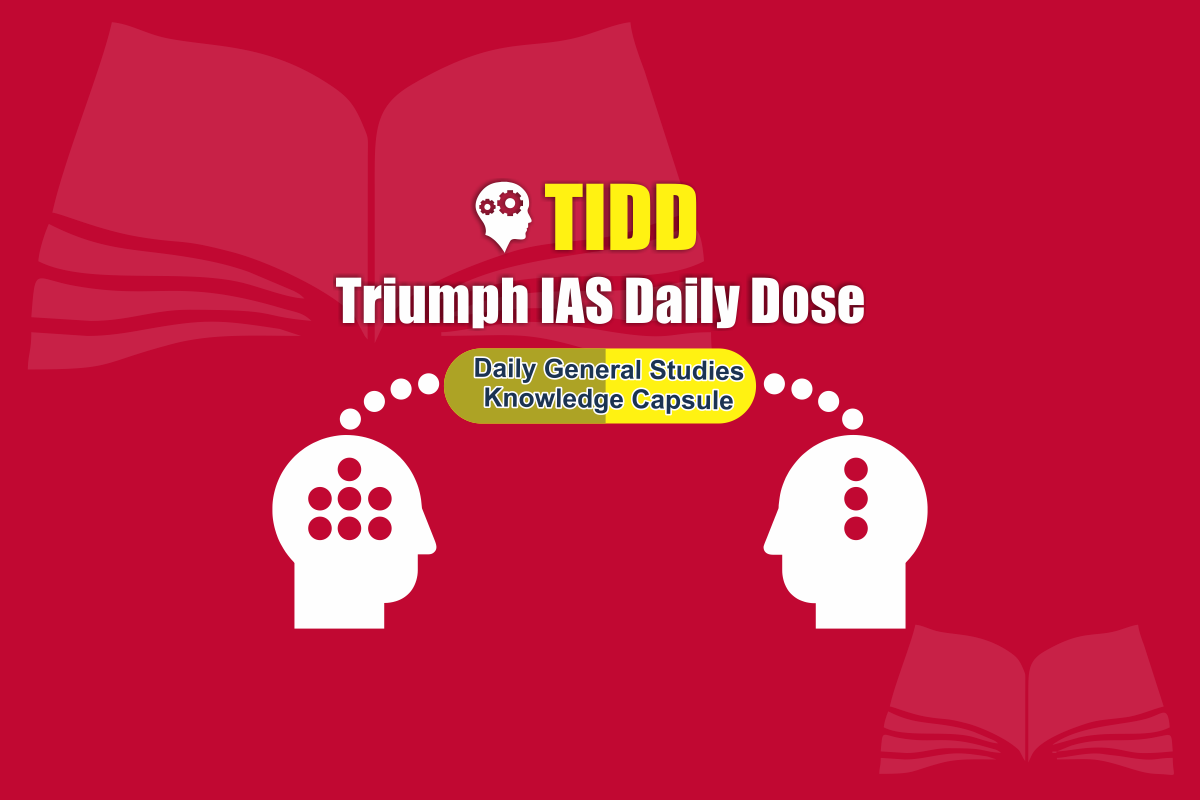Indian Constitution, Polity and Governance
- Objective Resolution
- Objective Resolution wasmovedinthefirstsessionoftheConstituentAssembly (on 13 December 1946) by Pt.Jawahar Lal Nehru, which was adopted after considerable deliberation and debate in the Assemblyon22January, 1947.
- The following objectives were embodied in the resolution:
- To foster unity of the Nation and to ensure its economic and political security, to have a written Constitution, and to proclaim India as a Sovereign Democratic Republic.
- To have a federal form of Government with the distribution of powers between the centre and states.
- To guarantee and secure justice, equality, freedom of thought, expression, belief,faith,worship, vocation, association and action to all the people of India.
- To provide adequate safeguards for minorities, backward and tribal areas and depressed and other backward classes.
- To maintain the integrity of the territory of the republic and its sovereign rights on land, sea and air according to justice and the law of civilised nations.
- To attain rightful and honoured place in the world and make its full and willing contribution to the promotion of the world peace and the welfare of mankind. “,. The principles of the Constitution were outlined by various committees of the Assembly, and there was a general discussion on the reports of these Committees.
- The Assembly appointed the Drafting Committee with Dr.B.R. Ambedkar as the Chairman on August 29,1947.
- The Drafting Committee, headed by Dr. B. R. Ambedkar, submitted a Draft constitution of India to the President of the assembly on 21 February, 1948.
- The members of Drafting Committee were N. Gopalaswamy Ayyangar, Alladi Krishnaswamy Ayyar, K.M. Munshi, Mohd. Saadullah, B.L. Mitter (later replaced by N. Madhava Rao), Dr. D.P. Khaitan (replaced on death by T.T. Krishnamachari).
- The third and final reading of the draft was completed on November 26, 1949. On this date, the signature of the President of the Assembly was appended to it and the Constitution was declared as passed.
- The provisions relating to citizenship, elections and provisional Parliament etc were implemented with immediate effect, that is, from the 26th November, 1949. The rest of the provisions of the constitution came into force on January 26, 1950 and this date is referred to in the Constitution as the date of its commencement.
- Different Sources of the Indian Constitution
- Although the skeleton of the constitution was derived from the Government of India Act 1935, many provisions were imported from other constitutions of the world. Some of them are listed below along with the Government of India Act, 1935
Government of India Act, 1935
- This Act formed the basis or ‘blueprint’ of the consititution of India with the features of Federal system, office of Governor, emergency powers etc.
- Besides, the Constitution of India has borrowed from the-Constitution of Britain: Law making procedures, Rule of law, Single citizenship, Bi-cameral Parliamentary system, office of CAG.
Constitution of USA
- Independence of judiciary, judicial review, fundamental rights, removal of Supreme Court and High Court judges, Preamble and functions of President and Vice-president.
Constitution of Canada
- Federation with strong Centre, to provide residuary powers to the Centre, Supreme Court’s advisory jurisdiction.
Constitution of Ireland
- Directive Principles of State policy, method of presidential elections, and the nomination of members to Rajya Sabha by the President.
Weimar Constitution of Germany
- Provisions concerning the suspension of fundamental rights during emergency. Constitution of Australia: Idea of the Concurrent List, Trade and Commerce provisions.
Constitution of South Africa
- Amendment with 2/ 3rd majority in Parliament and election of the Members of Rajya Sabha on the basis of proportional representation.
Constitution of France
- Republican System, Principles of Liberty, Equality and Fraternity. Constitution of former USSR: Fundamental Duties, Ideals of justice in Preamble.

